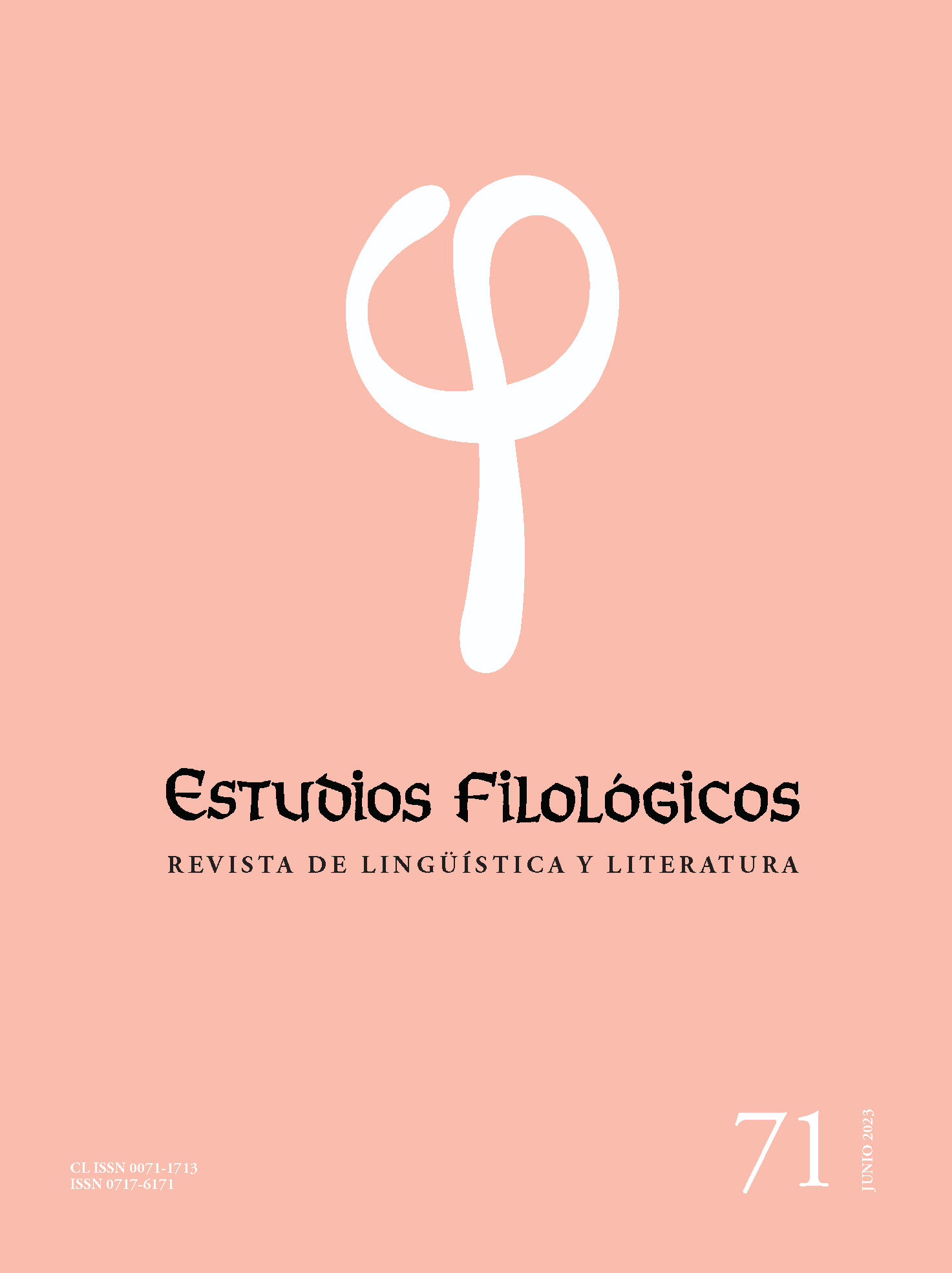Neoclassical compounding and hybrid compounding: constructions with neoclassical combining forms in Catalan
Main Article Content
Abstract
This paper offers an approach to constructions with neoclassical combining forms from a differentiated perspective, depending on whether they are neoclassical compounds, when these formants are combined, or hybrid compounds, which result from the combination of a neoclassical combining form and a base. Furthermore, the characteristics of these units are analyzed from the perspective of the four components of grammar —phonology, morphology, semantics, and syntax— through a critical review of the literature and an empirical analysis of the data, which is based on an inventory of Catalan language units consisting of 1,283 neoclassical combining forms. Finally, the paper proposes to understand both neoclassical and hybrid compounding as two different realities that are part of a larger morphological continuum, ranging from affixation to compounding, given the liminal nature of both processes.

